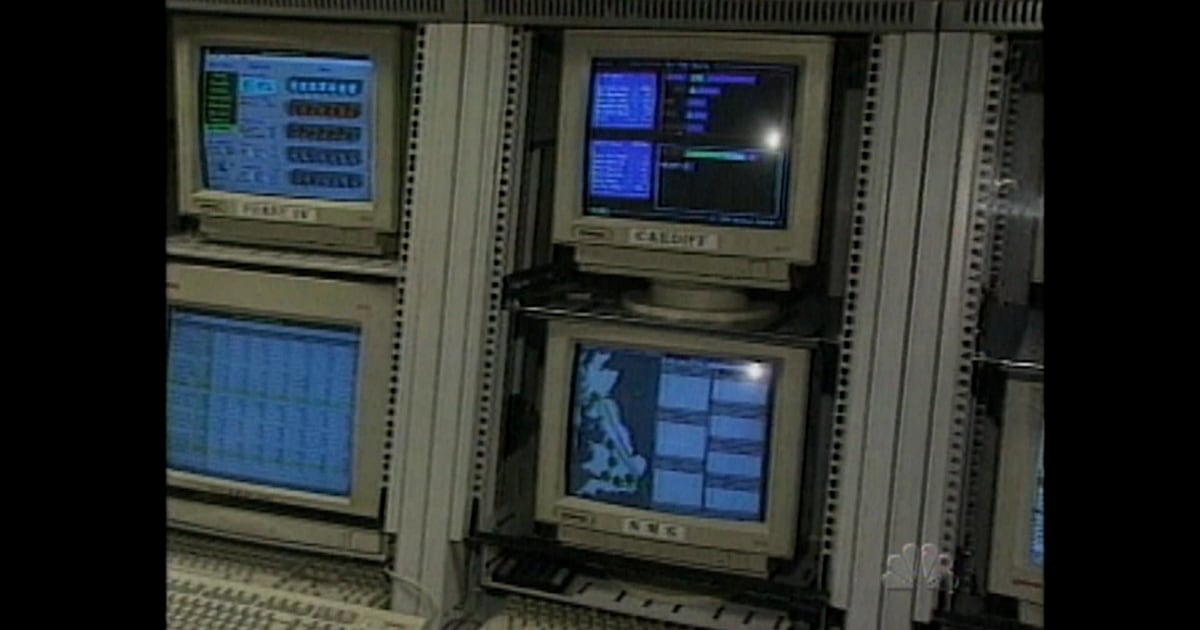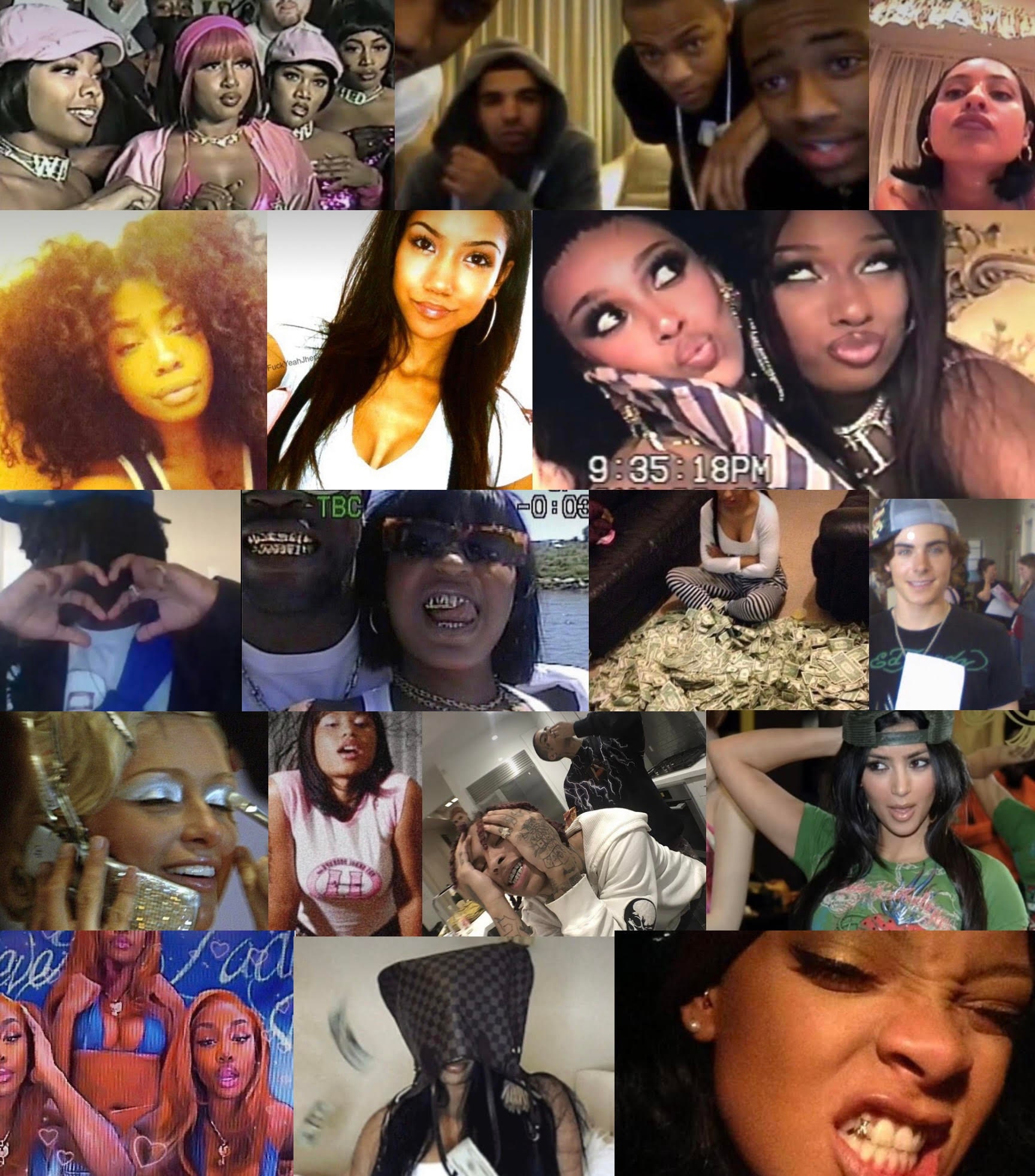
Introduction
The Y2K era, also known as the turn of the millennium, was a time of unique fashion trends, technological advancements, and cultural shifts. The term "Trashy Y2K" refers to a particular style that emerged during this period, characterized by bold, outrageous, and sometimes controversial fashion choices. This article explores the essence of Trashy Y2K, its influence on popular culture, and its lasting impact on fashion and society.

The Rise of Trashy Y2K
Trashy Y2K fashion became popular as a rebellion against the minimalist and grunge aesthetics of the 90s. It was a time when people embraced excess and sought attention through vibrant colors, daring silhouettes, and unconventional materials. Celebrities like Britney Spears, Paris Hilton, and Christina Aguilera were at the forefront of this trend, influencing a whole generation with their provocative outfits and bold fashion choices.

Trashy Y2K Fashion Trends
The Trashy Y2K fashion movement encompassed a wide range of trends that pushed boundaries and challenged traditional norms. Some of the most notable trends included:
- Low-rise jeans: This iconic trend featured jeans that sat extremely low on the hips, exposing the navel and creating a provocative look.
- Velour tracksuits: Popularized by Juicy Couture, velour tracksuits became a staple in the Trashy Y2K wardrobe, combining comfort and style.
- Baby tees: These tiny, cropped t-shirts were adorned with cheeky slogans, logos, or rhinestones, adding a touch of playfulness to any outfit.
- Butterfly clips: Hair accessories like butterfly clips were a must-have, adding a whimsical and nostalgic touch to hairstyles.

The Impact on Popular Culture
Trashy Y2K fashion not only influenced the way people dressed but also had a significant impact on popular culture. It became synonymous with the era and played a crucial role in shaping the image of the early 2000s. Music videos, movies, and TV shows often featured characters and artists dressed in Trashy Y2K fashion, further solidifying its place in history.

The Controversial Side
While Trashy Y2K fashion was celebrated by many, it also faced criticism for its over-the-top and sometimes inappropriate nature. The revealing outfits and provocative styles were seen by some as objectifying women and perpetuating harmful stereotypes. However, proponents of the trend argued that it was a form of self-expression and empowerment, allowing individuals to embrace their sexuality and challenge societal norms.

The Legacy of Trashy Y2K
Although the Trashy Y2K trend eventually faded away, its influence can still be seen in contemporary fashion. Designers often draw inspiration from the bold and daring styles of the era, incorporating elements such as low-rise jeans, bright colors, and unconventional materials into their collections. The nostalgia for Trashy Y2K has also resurfaced, with many individuals embracing the trend once again, celebrating its unique and unapologetic aesthetic.

Conclusion
Trashy Y2K was a fashion movement that defined the early 2000s, pushing boundaries and challenging traditional norms. It was a time of excess, self-expression, and unapologetic boldness. While it faced criticism for its provocative nature, it also left a lasting impact on popular culture and continues to inspire contemporary fashion trends. The legacy of Trashy Y2K serves as a reminder of the transformative power of fashion and its ability to shape and reflect society.